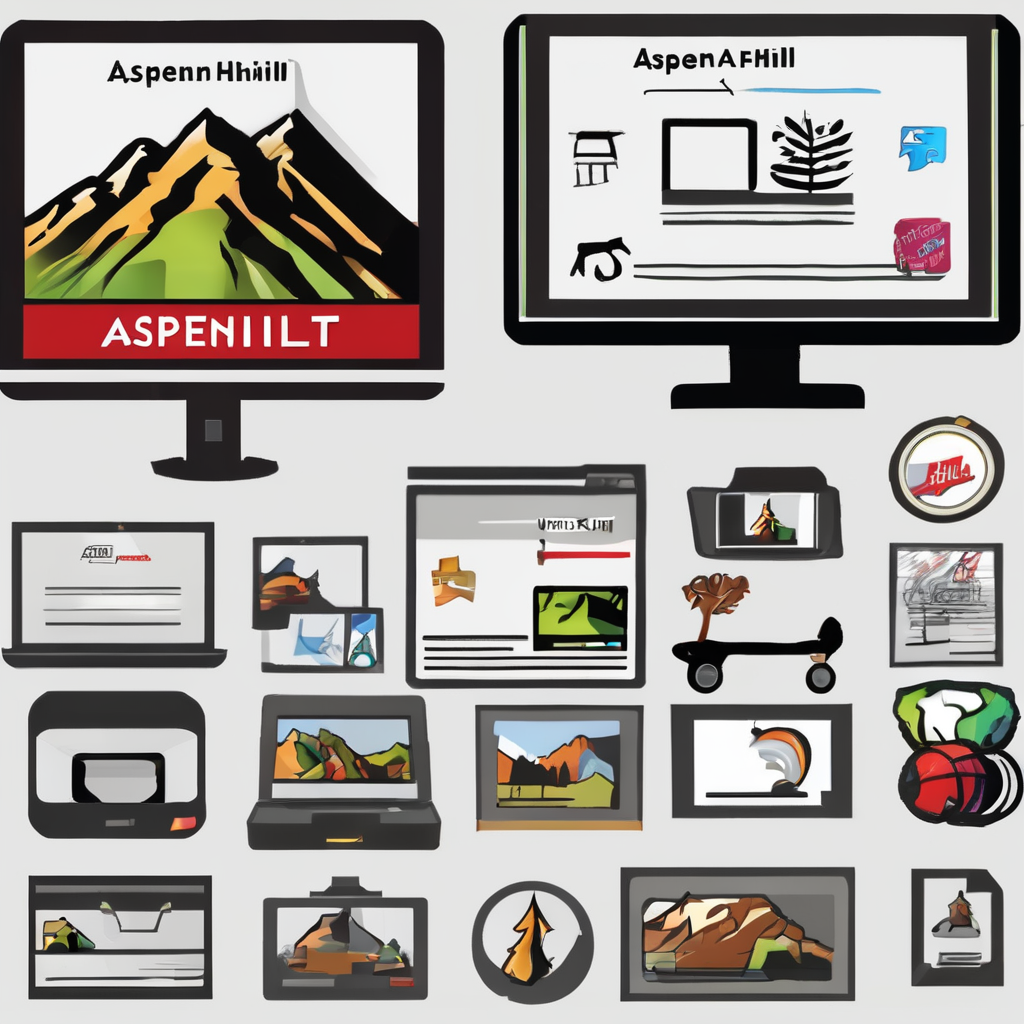Overview of the Digital Transformation in Traditional Workspaces
Digital transformation refers to the integration of workplace technology that fundamentally changes how businesses operate and deliver value. In traditional work environments, this shift is no longer optional; it is essential for staying competitive and relevant. The significance of digital transformation lies in enabling more agile, efficient, and connected workplaces.
Several key drivers accelerate this evolution, including the rising demand for real-time communication, the need for data-driven decision-making, and the increased expectation of flexibility from the workforce. Combined, these forces push traditional workspaces to move beyond manual processes toward modern office trends centered on technology adoption.
Have you seen this : What role does UK technology play in advancing artificial intelligence?
The transition from conventional to tech-enabled workplaces involves replacing outdated tools with digital platforms that support remote collaboration, automation, and cloud services. This evolution empowers employees to work smarter and more flexibly, reflecting a broader commitment to innovation and business resilience. Embracing digital transformation is not merely about installing new devices but about reshaping organizational culture to optimize workplace technology and adapt to continuous change.
Core Technologies Reshaping the Workplace
Digital transformation hinges on the strategic adoption of workplace technology that redefines everyday operations. Chief among these are remote collaboration tools, automation, and cloud computing – each playing a pivotal role in creating more dynamic, efficient work environments.
This might interest you : What Are the Opportunities for Tech Collaboration Between the UK and Europe?
Remote collaboration tools have become indispensable in modern office trends. They enable teams to communicate and coordinate seamlessly across geographical boundaries, fostering real-time interaction through video conferencing, instant messaging, and shared digital workspaces. This connectivity is crucial, as it supports the flexibility demanded by contemporary workforces and enhances overall productivity.
Automation, often powered by artificial intelligence, significantly streamlines routine office tasks such as scheduling, data entry, and report generation. By automating these repetitive functions, organizations free employees to focus on more strategic and creative work, thereby improving efficiency and job satisfaction. Automation also reduces errors and accelerates workflows, contributing to a smoother operational model.
Cloud computing complements these technologies by providing scalable, on-demand access to data and applications from anywhere. It supports the digital transformation by enabling flexible and resilient work setups without dependence on physical infrastructure. Cloud platforms facilitate secure storage, easy collaboration, and continuous updates, aligning perfectly with the evolving needs of a digital workplace.
Together, these core technologies form the backbone of the digital transformation, reshaping how businesses operate and empowering them to meet modern office trends with agility and innovation. Embracing these tools is not just a matter of convenience but a strategic imperative for businesses seeking sustained growth and competitive advantage.
Benefits of Embracing the Digital Shift in Workspaces
Embracing workplace productivity improvements through digital transformation delivers measurable gains. The integration of advanced tools streamlines workflows, reducing time spent on repetitive tasks. This efficiency allows employees to focus on higher-value activities, directly boosting output and quality of work. Digital workplace benefits also include faster decision-making, driven by real-time data access and enhanced communication channels.
Improved collaboration is another critical benefit of this shift. Digital platforms break down geographical and departmental barriers, enabling seamless employee collaboration. Teams can coordinate instantly, share ideas, and work on projects simultaneously regardless of location. This connectivity strengthens teamwork and promotes innovation, both key drivers in modern office trends.
Flexibility and adaptability afforded by digital transformation allow businesses to quickly respond to changing market conditions and workforce expectations. Employees gain options for remote or hybrid work, fostering better work-life balance and greater job satisfaction. Organizations benefit from resilience against disruptions by leveraging scalable, tech-enabled environments tailored to current needs.
Together, these advantages demonstrate why adopting digital transformation is fundamental to cultivating a more productive, connected, and flexible workplace.
Real-World Examples and Success Stories
Digital transformation case studies reveal how diverse organizations leverage workplace technology to drive innovation and enhance performance. For instance, global companies have successfully implemented remote work by adopting advanced collaboration platforms that enable seamless communication and project management across continents. These implementations demonstrate how virtual teams maintain productivity and cohesion despite physical distance, embodying modern office trends in action.
In administrative functions, automation has significantly transformed workflows. Tasks such as document processing, scheduling, and data analysis, once time-consuming, are now efficiently handled by AI-powered tools. This shift reduces human error and accelerates turnaround times, allowing staff to focus on strategic objectives rather than routine chores. These technology success stories underline the tangible benefits of integrating automation into traditional environments.
Small and medium-sized enterprises (SMEs) exemplify the power of cloud computing in achieving flexible and scalable workflows. By migrating to cloud-based platforms, these organizations overcome infrastructural limitations and enable real-time data access for employees regardless of location. This adaptability fosters a responsive workplace culture aligned with the demands of digital transformation. These case studies collectively illustrate how embracing digital tools translates into improved agility, enhanced collaboration, and sustained workplace innovation.
Practical Steps for Adapting to the Digital Workspace Shift
Successfully adapting to digital workspaces begins with a thorough assessment of an organization’s readiness for change. This involves evaluating current infrastructure, employee skill levels, and cultural openness to digital transformation. Understanding these factors helps tailor a digital transformation strategy that aligns with both business goals and workforce capabilities.
Implementing new technologies in traditional settings requires careful planning and communication. Best practices include involving stakeholders early, selecting tools that integrate smoothly with existing systems, and promoting pilot programs to gather feedback. This approach mitigates resistance and ensures that the adoption of workplace technology supports actual user needs while minimizing disruption.
Continuous training and support are crucial for sustaining momentum throughout the shift. Providing employees with accessible learning resources and hands-on guidance fosters confidence and competence in using new digital tools. Change management efforts should emphasize clear communication, addressing concerns proactively, and celebrating small wins to encourage ongoing engagement. Together, these steps create a resilient environment where digital transformation can thrive sustainably.


